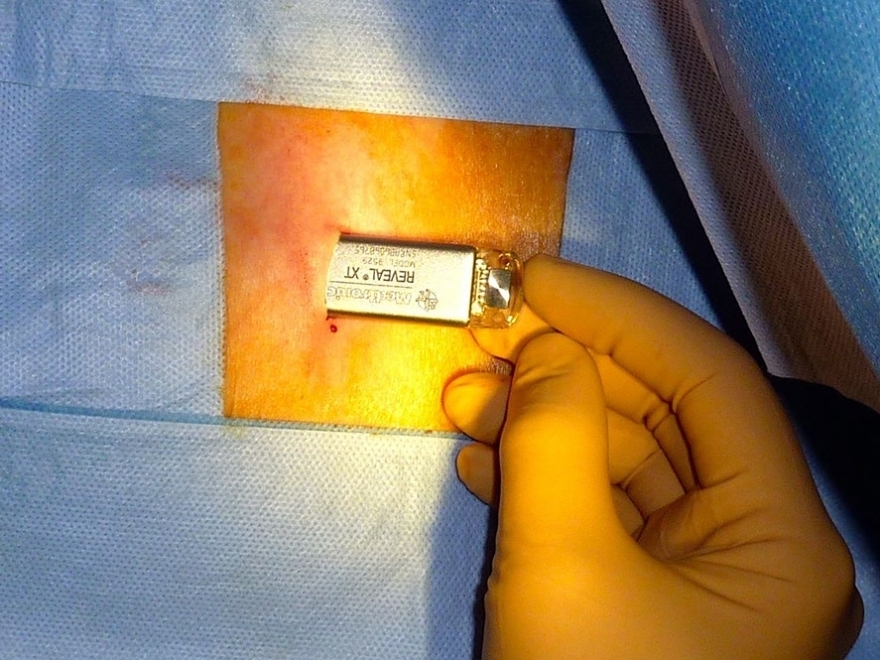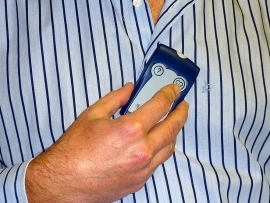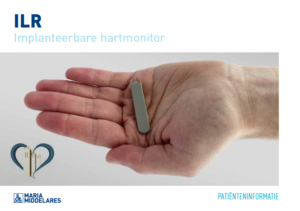Internal loop recorder
What is it?
What is it?The internal loop recorder monitors the heart rhythm for more than three years and is indicated for the detection of the cause of repeated, unexplained loss of consciousness. Only abnormal heart rhythms or activated recordings are stored as relevant information.
What is the process?
What is the process?Preparation
You will be admitted through the Cardiology Hospitalisation Ward. You do not need to have fasted and you may take your usual medication. Sometimes blood samples will be collected.
You will be given a surgical gown to wear. Shortly before the procedure, you can be provided with a tablet to help you relax. The nurse will place an IV line in your arm for the administration of medication, should that be necessary.

Procedure
You take place on the examination table. Adhesive electrodes are attached to monitor your heart rhythm. An area of skin measuring 10 by 10 cm is shaved and disinfected, and adhesive sterile sheets are placed around it. A local anaesthetic is injected to numb the skin and the underlying subcutaneous tissue next to the breast bone. The physician makes a small incision of 15 mm, and a space is created between the subcutaneous tissue and the muscle. The device measures 6 by 2 cm, is 8 mm thick and is placed in the space created. The skin is closed with absorbable sutures and the wound is covered with a plaster.
Aftercare
To prevent infection, the plaster needs to stay in place for a few days. Do not shower or bathe in the first days after the procedure.

What are the risks?
What are the risks?Localised bruising is possible but does not require much looking after.
In very rare cases, and despite the precautions taken, the wound may become infected. In case of infection, antibiotics must be administered and/or the device must be removed.
Results
ResultsThe device will automatically record heart rhythm disturbances, but by using the remote control you will be provided with, you can also record information if you experience symptoms such as dizziness or fainting. You will be seen by a physician in the outpatients clinic every few months. If you have made a recording yourself after having fainted, please make an appointment promptly. The data on the device will be downloaded onto a computer and assessed by a physician. Once relevant heart rhythm disturbances have been identified, further treatment can be adjusted (e.g. through medication, pacemaker, etc.).
Leaflet
LeafletSee the leaflet below for more information.
Only available in Dutch:

Interne looprecorder (ILR)
DownloadCentres and specialist areas
Centres and specialist areas
Latest publication date: 16/05/2024
Supervising author: Dr Provenier Frank



